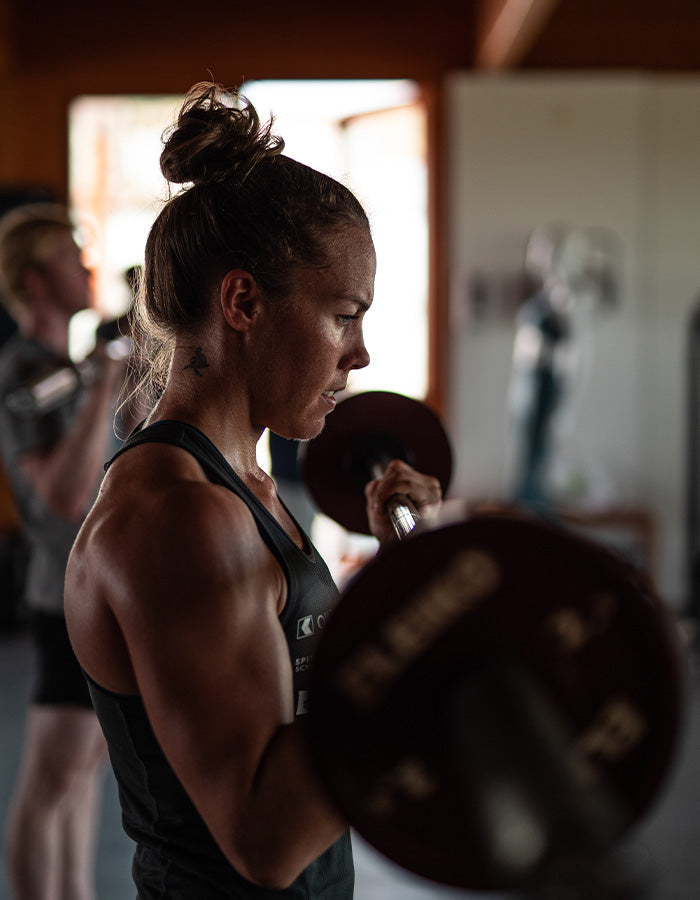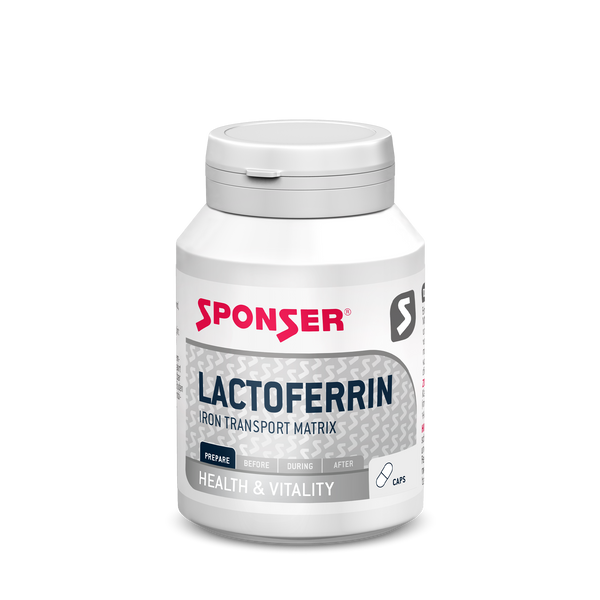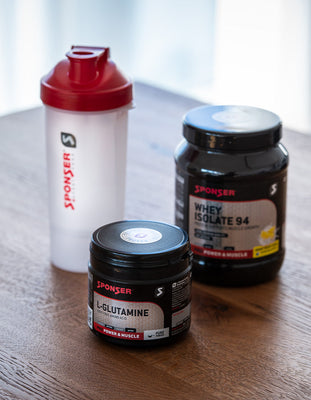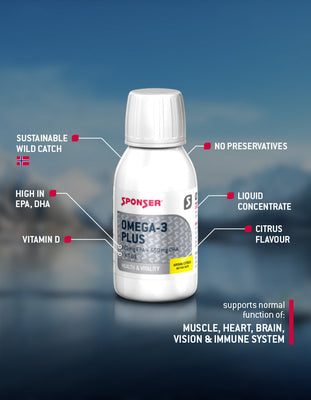
Iron deficiency: symptoms, needs and supplementation
Iron deficiency is considered the most common nutrient deficiency globally. Particularly among female athletes it is widespread with 30-50% affected and dependent on several factors. Symptoms of iron deficiency include anaemia, which in contrast also can occur without iron deficiency, tiredness, floppiness, reduced physical performance and immune function. Increased heart rate and lactate levels may result as well. In Europe, approx. 23% of non-pregnant women, and 13-20% of children, 15% of men and roughly 10% of seniors suffer from anaemia, with the assumption of a 50% association with iron deficiency.
Daily iron needs
The daily iron needs are calculated from the losses and the bioavailability of dietary iron, which on average is 10%, but highly varies between sources and in dependence on the food matrix. Present nutrition recommendations read 10 to 20 mg iron daily in order to compensate for the 1-2 mg estimated losses. Women of childbearing age, pregnant and lactating women should target the upper range. In athletes, microlesions caused by repeated perturbations of long-distance physical exercise, as well as the use of anti-inflammatory drugs such as Ibuprofen or Voltaren, can provoke additional iron losses. However, there is great interindividual variation on iron losses, which discourages to draw general recommendations thereof.
Iron status
Iron status is usually determined by analysis of ferritin, which mainly indicates iron store levels. Due to a wide range of normal iron store levels, conclusions on iron deficiency are disputable. First of all, it is important to respect a nutritional behaviour in the frame of a suitable diet regarding optimal iron supply and absorption, prior to any supplementation measures.
Iron supplementation
It is often very unclear who should be supplemented with how much iron, and gastrointestinal problems are common. Regarding athletes, it is deemed important to note, that iron supplementation only enhances physical performance with existing deficiency. Clinical dosages range between 80-120 mg per day, whereas enriching of foods and food supplements is limited to maximally 14 mg per day. The upper tolerable long-term level without risk is set at 45 mg per day! Besides side effects, high dosages cause also an adverse increase of the oxidative potential and hinder the absorption of other minerals. Because on one hand iron deficiency is prevalent – particularly with women and athletes – but on the other hand high dosages may have adverse effects, it is certainly more advantageous first to improve absorption prior to taking iron supplements.
LACTOFERRIN by SPONSER
SPONSER® offers LACTOFERRIN in easy-to-take capsules. One daily ration of 2 capsules delivers 200 mg of lactoferrin, 14 mg iron (100% NRV) along with 48 mg of vitamin C (60% NRV). Click here to download the full article as a PDF with further studies and graphics.
Related articles
on » iron
on » health
on » immune system
Author: Remo Jutzeler
Head R&D SPONSER SPORT FOOD
Ing. Applied Food Sciences UAS
MAS Nutrition & Health ETHZ



















